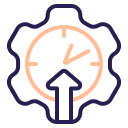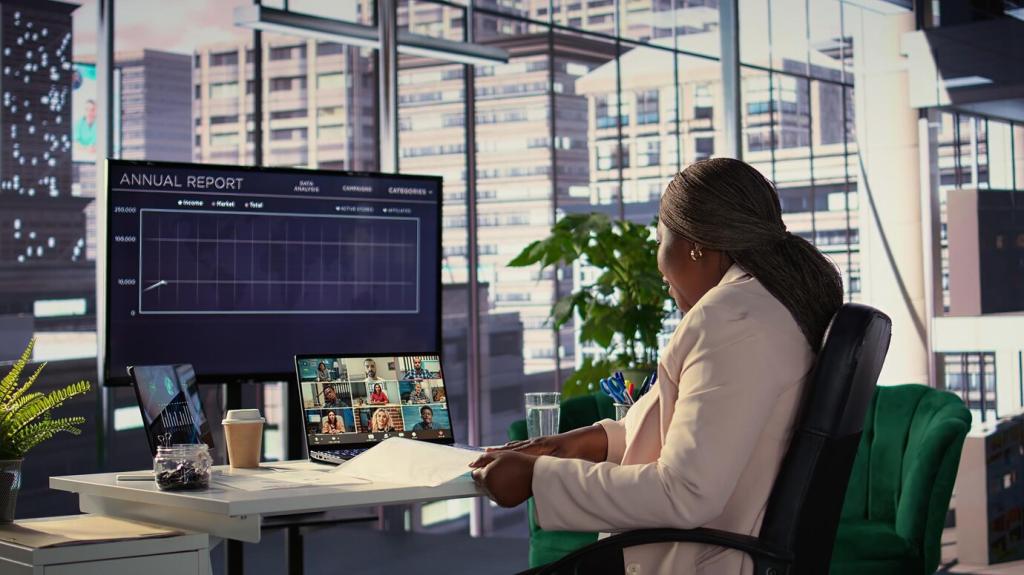Software Stack: Focus, Automation, and Security
Pair a simple task system with calendar blocks and notifications that respect your focus. Use quiet modes during deep work. Review weekly, prune ruthlessly, and keep your list honest. Tell us your favorite focus ritual—we’ll share community habits that actually stick.
Software Stack: Focus, Automation, and Security
Text expanders, window managers, and keyboard shortcuts eliminate tiny delays that add up. Automate file naming, backups, and meeting notes. Choose cross‑device tools so routines follow you. Start with one automation today and report back your saved minutes next week.
Software Stack: Focus, Automation, and Security
Use a password manager, two‑factor authentication, and automatic updates. Enable device encryption and frequent, verified backups. Security that quietly works in the background protects momentum and reputation. Share your current setup, and we’ll recommend the next easy win.
Software Stack: Focus, Automation, and Security
Lorem ipsum dolor sit amet, consectetur adipiscing elit. Ut elit tellus, luctus nec ullamcorper mattis, pulvinar dapibus leo.










